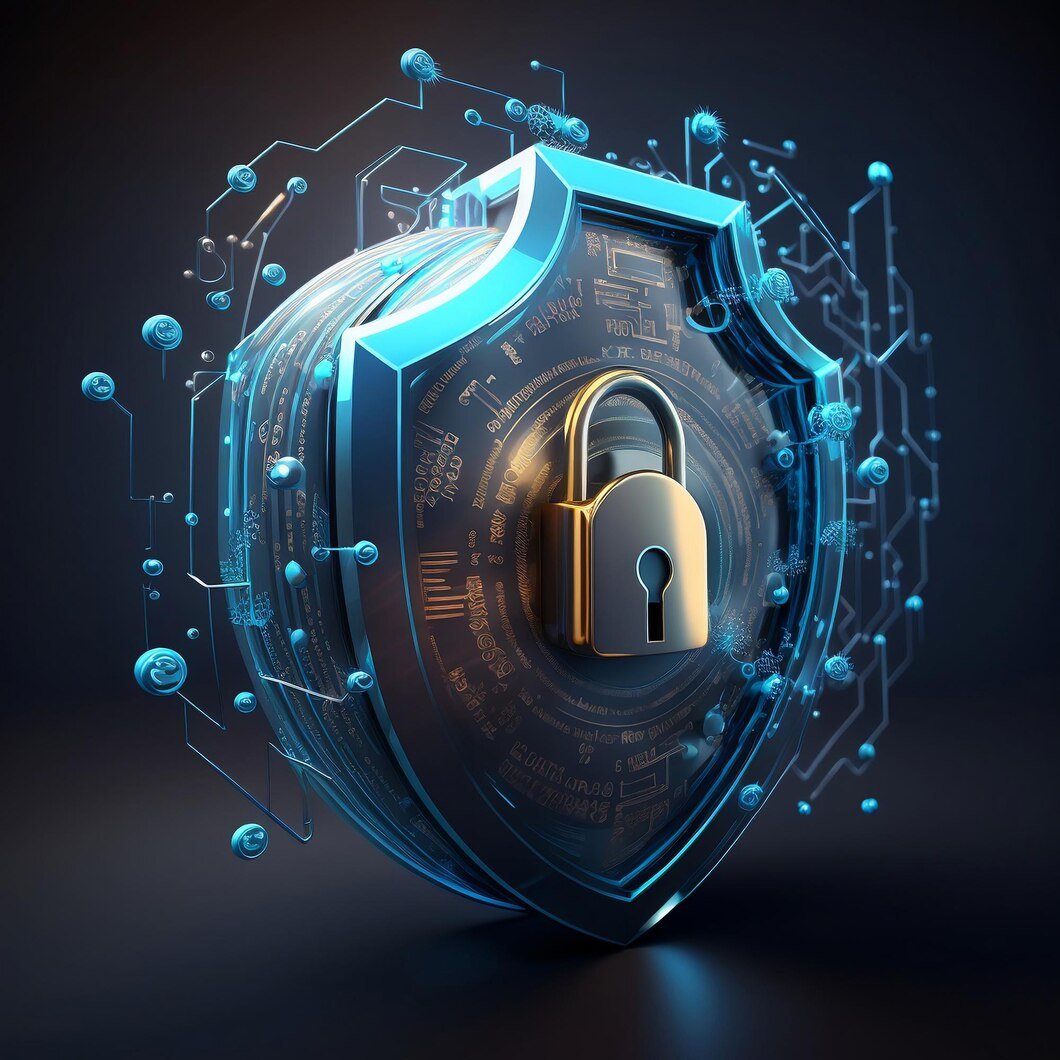
Cybersecurity in the Era of Digital Transformation
As the digital transformation accelerates across industries, cybersecurity has become a critical concern for organizations globally.
The proliferation of connected devices, cloud computing, and data-driven operations has increased the attack surface for malicious actors.
To protect sensitive data and ensure compliance with stringent regulations, organizations must adopt robust cybersecurity measures.
Technology Overview: Cybersecurity
Cybersecurity is the practice of protecting systems, networks, and data from digital attacks, unauthorized access, and damage. It encompasses a wide range of technologies, processes, and practices designed to safeguard the confidentiality, integrity, and availability of data.
Key Components of Cybersecurity
Emerging Technologies in Cybersecurity
Industry-Specific Cybersecurity Applications
Banking and Finance
Challenges
The banking and finance industry faces a high level of cyber threats due to the sensitive nature of financial data and the potential monetary gain for attackers. Data breaches, fraud, and ransomware attacks are common, and a single incident can have catastrophic financial and reputational consequences.
Solutions
Healthcare
Challenges
The healthcare sector deals with sensitive patient data, making it a prime target for cybercriminals. Additionally, it must comply with regulations such as the Health Insurance Portability and Accountability Act (HIPAA), which requires strict control over patient information.
Solutions
E-commerce
Challenges
The e-commerce industry deals with a large volume of online transactions, making it a frequent target for cybercriminals who attempt to steal payment card details and personal information. Any breach can lead to identity theft, financial losses, and a loss of customer trust.
Solutions
Industry Trends and Insights
Cost of Data Breach
According to the IBM Cost of a Data Breach Report, the average global cost of a data breach is $4.24 million.
The report indicates that the costs include lost business, regulatory fines, and operational disruptions.
Additionally, the report highlights that healthcare breaches tend to be the costliest, with an average of $9.23 million per incident. This significant financial impact drives organizations to prioritize cybersecurity investments.
Cybersecurity in Vendor Evaluations
Gartner predicts that by 2025, 60% of businesses will include cybersecurity as a critical factor in their evaluation of third-party vendors.
This reflects the growing awareness that cybersecurity extends beyond an organization's own infrastructure and must also be considered in its supply chain and vendor ecosystem.
Businesses are expected to demand greater transparency and assurance of robust cybersecurity practices from their partners.
Regulatory Compliance
With the introduction of regulations like the General Data Protection Regulation (GDPR) in the EU and the California Consumer Privacy Act (CCPA), organizations are under increased pressure to ensure data protection. Non-compliance can result in severe penalties, making adherence to cybersecurity regulations a key priority for businesses worldwide.
Summary
Cybersecurity is no longer a niche concern but a fundamental requirement for any organization operating in the digital age.
With cyberattacks increasing in sophistication and frequency, industries like banking, healthcare, and e-commerce must adopt advanced cybersecurity technologies to protect sensitive data and comply with stringent regulations. Additionally, the rising costs of data breaches and the growing importance of cybersecurity in vendor evaluations underscore the need for comprehensive, proactive security strategies.
As cybersecurity continues to evolve, organizations must stay ahead of the curve by investing in AI-driven security solutions, implementing zero-trust architectures, and ensuring compliance with international regulations. By doing so, they can not only protect their data but also build trust with their customers and stakeholders.